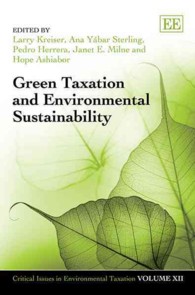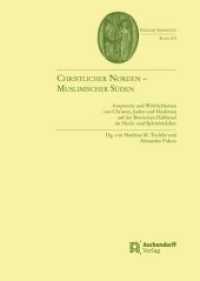- ホーム
- > 洋書
- > ドイツ書
- > Mathematics, Sciences & Technology
- > Earth Science
- > paleontology
Full Description
This book provides an update on the phylogeny, systematics and ecology of horses in South America based on data provided over the past three decades.







